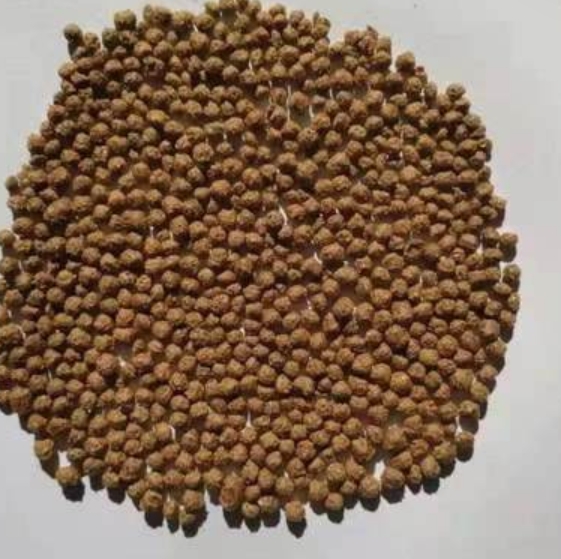How to Produce Fish Feed: A Step-by-Step Guide
Fish feed production is a crucial process in aquaculture, ensuring that fish receive the necessary nutrients for healthy growth. High-quality feed improves fish health, growth rates, and overall farm productivity. Here’s a step-by-step guide on how to produce fish feed efficiently.
1. Ingredients Selection
The first step is choosing the right ingredients based on the nutritional requirements of the fish species. Common ingredients include:
- Fontes de proteína: Fishmeal, soybean meal, shrimp meal, or insect meal.
- Carboidratos: Wheat flour, cornmeal, or rice bran.
- Fats & Oils: Fish oil, soybean oil, or vegetable oil.
- Vitamins & Minerals: Premixes to ensure balanced nutrition.
- Fichários: Starch or gelatin to improve pellet stability.
2. Grinding & Mixing
- Moagem: Ingredients are ground into a fine powder to ensure uniformity and better digestibility.
- Mistura: The ground ingredients are thoroughly blended to create a homogenous mixture. Proper mixing ensures balanced nutrition in every pellet.
3. Conditioning & Pelleting
- Condicionamento: Steam or hot water is added to the mixture to soften it, improving binding and digestibility.
- Pelleting: The conditioned mixture is passed through a pellet mill, where it is compressed into small pellets of the desired size (floating or sinking pellets, depending on fish species).
4. Drying & Cooling
- Secagem: Freshly extruded pellets have high moisture content and must be dried to about 10% moisture to prevent mold growth.
- Resfriamento: After drying, pellets are cooled to room temperature to enhance hardness and durability.
5. Coating (Optional)
Some feeds are coated with oils or attractants (like fish oil or amino acids) to enhance palatability and nutrient content.
6. Packaging & Storage
- Embalagem: The final pellets are packed in moisture-proof bags to maintain quality.
- Armazenamento: Feed should be stored in a cool, dry place away from pests to prevent spoilage.
Controle de qualidade
- Regular testing for nutritional content, moisture levels, and pellet durability ensures high-quality feed.
- Avoid contaminants like aflatoxins in plant-based ingredients.
Conclusão
Producing high-quality fish feed requires careful ingredient selection, proper processing, and strict quality control. By following these steps, farmers can ensure optimal fish growth and health, leading to better aquaculture productivity.
Would you like more details on any specific step?








